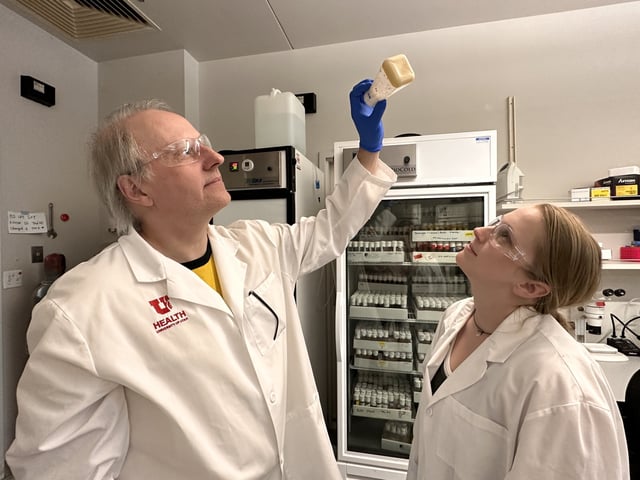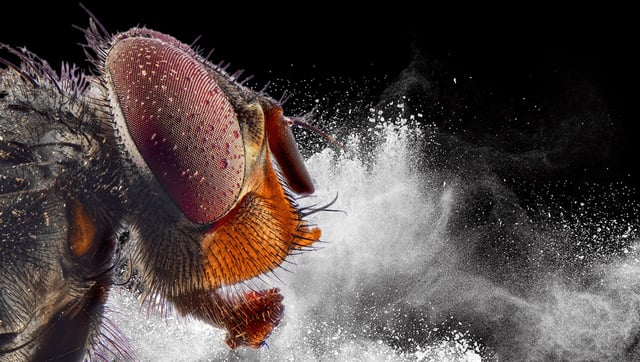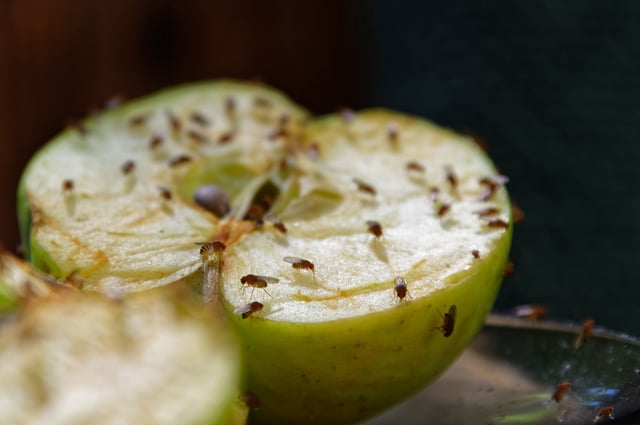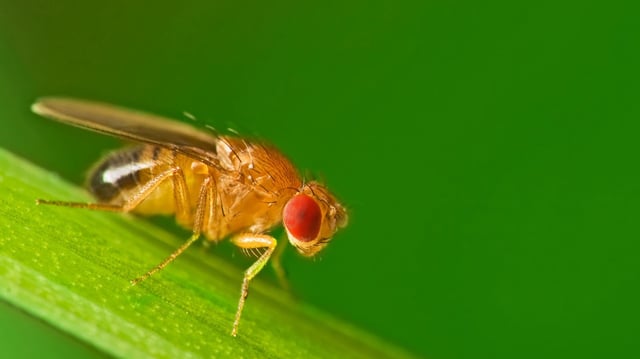Overview
- The study, published June 2 in the Journal of Neuroscience, found that flies with muted bitter-sensing nerves begin preferring low-dose cocaine-laced sugar water within 16 hours of first exposure.
- Bitter taste receptors on the flies’ tarsal segments normally detect cocaine as a plant toxin, preventing voluntary drug consumption.
- Engineered flies mirror human responses to cocaine, becoming hyperactive at low doses and incapacitated at high doses.
- With about 75 percent of human disease-related genes, fruit flies enable rapid, large-scale screening of genes that influence addiction risk.
- Researchers aim to use this model to accelerate identification of therapeutic targets for the 1.5 million Americans affected by cocaine use disorder.



